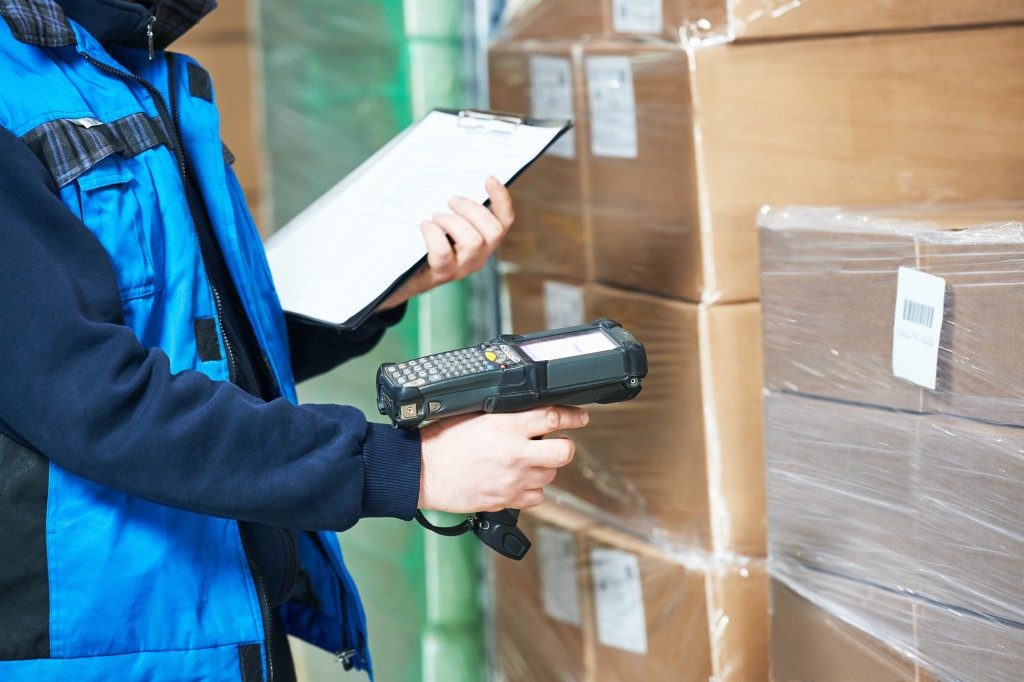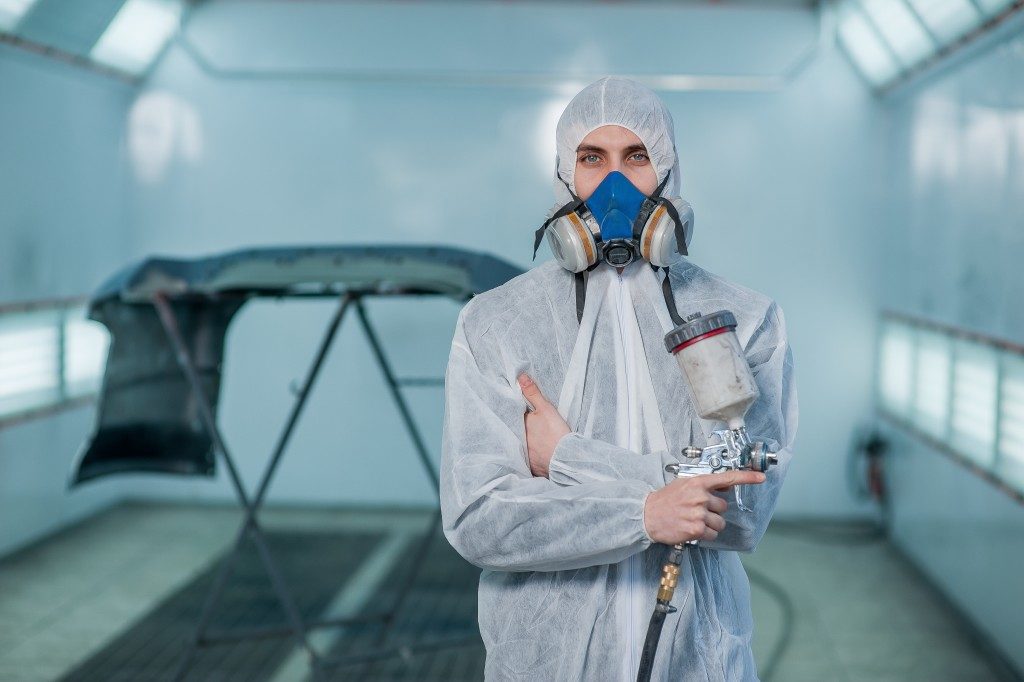Moving goods from one location to the next requires competent handlers and the right tools. Often, loading and unloading containers is not a straightforward process and instead requires a systematic approach. Market leaders in transport technology are making a huge contribution to the smooth and hassle-free transportation of consumer goods from manufacturers to the public.
Changing times in modern logistics
There is a high demand for efficacy in transporting standard cargo, bulk, fragile and large-volume shipments. Goods can be harmed with poor handling and judgment. Without an appropriate system and the right knowledge, there would be chaos, and the system of transporting goods would fall apart.
These days, as a response to greater demands from the market, automated systems are taking on tasks previously performed by human hands. Investors are keen on returns, and with available technology for loading-unloading operations, they have the means to attain their largest at a shorter time. The availability of remote surveillance tools is improving monitoring procedures so that investors can check on compliance and progress in real time.
Creating and making available systems that respond to clients’ needs
Some companies have dedicated their resources solely in designing and manufacturing widely applicable systems for loading and unloading goods. Others also provide tailor-made solutions, custom-fit to respond to the particular needs of an organisation. The needs of cargo transport on land differ greatly from marine environments, and the specific requirements of an industrial setting are not always applicable to another, no matter how outwardly similar. Meeting the requirements of clients always require the coordinated and concentrated efforts of teams of workers and specialists. Both manual and automated solutions must always provide solutions that make transportation of goods timely, efficient, hygienic and safe for everyone involved.
A closer look at modern container loading operations

Let us take for example loading operations involving containers in a working environment that has been largely automated. It has become more favourable to minimise the involvement of people from loading to forklift operations, to the placement of cargo in the transport vehicle. Components are extremely durable and capable of handling stresses. Direct cost savings, less product damages and better utilisation of cargo space are some of the most obvious benefits of tailor-fit automated loading-unloading systems.
From thirty minutes to five
Specific operational guidelines ensure the cargo moves without hesitancy nor delay, and with good alignment. Before long, a cargo that would have taken a gang of workers at least half an hour to move is already in place in only five minutes. Control systems have become more sophisticated, with bespoke programs that monitor the system for potential problems. These systems can be readily integrated with other networks as well.
Modern automated systems have improved the safety of the working environment, actual time to load the goods and truck turnaround time. Sustainable systems offering superior performance are in the works. Aside from lowering occupational hazards for workers, automated systems are minimising the damages to the goods. All these bode well for investors, and the end-user as well.


